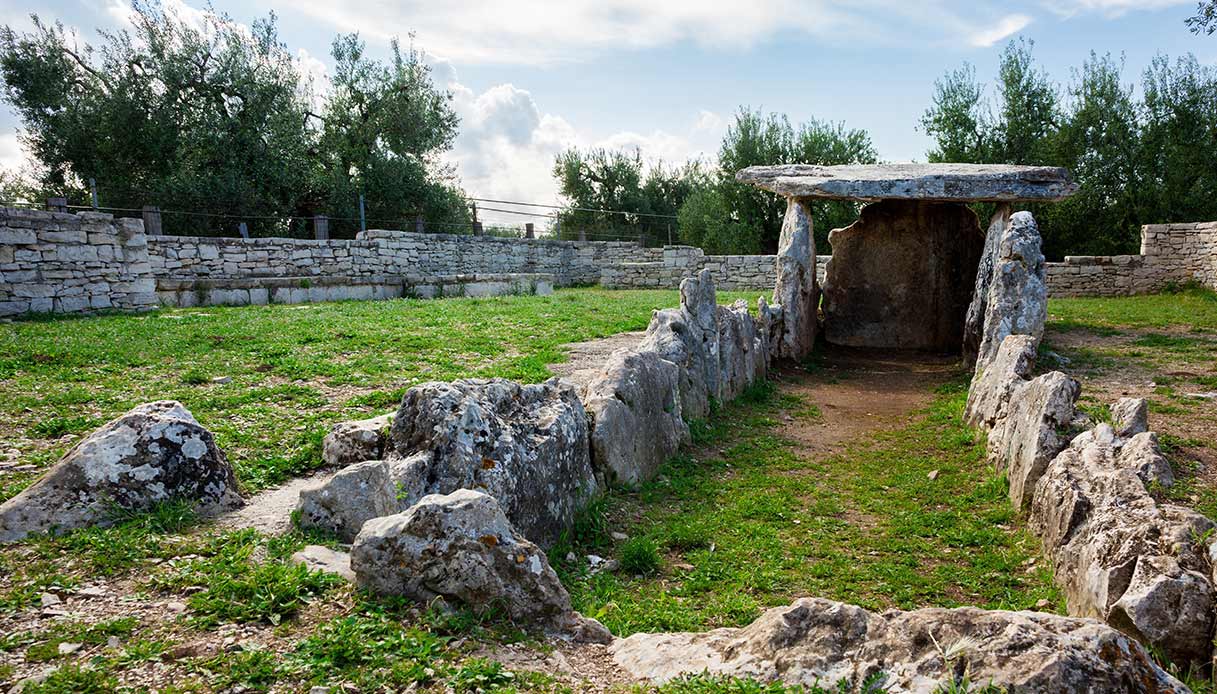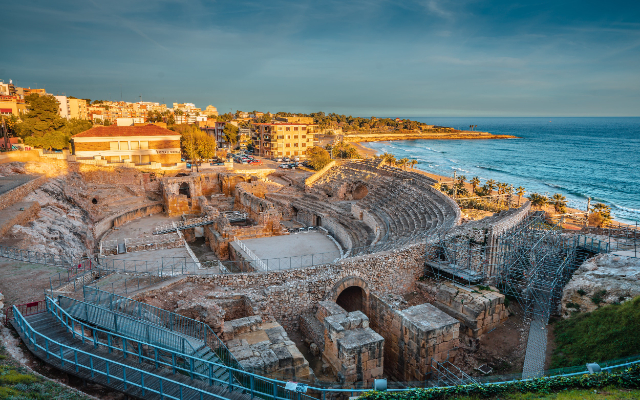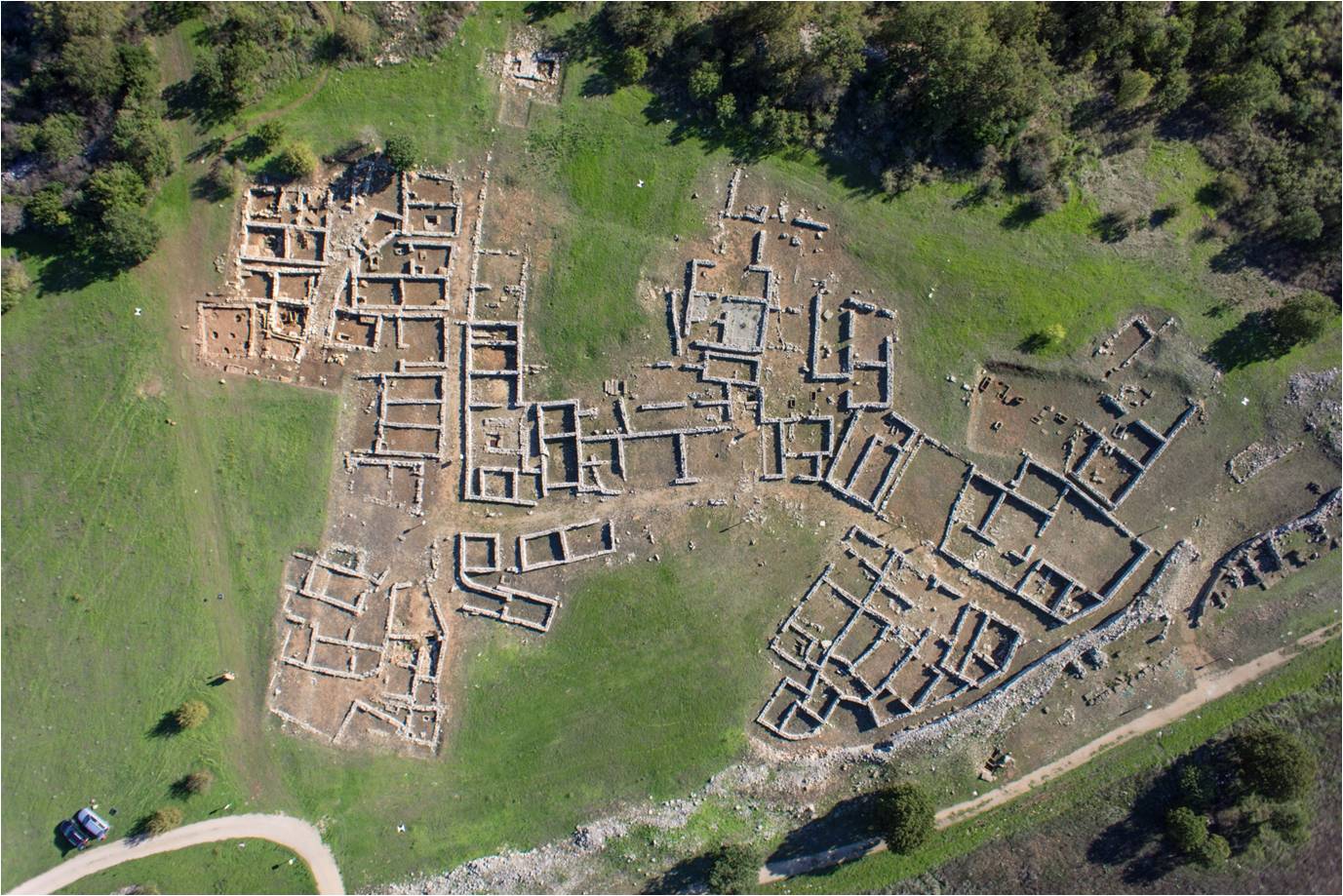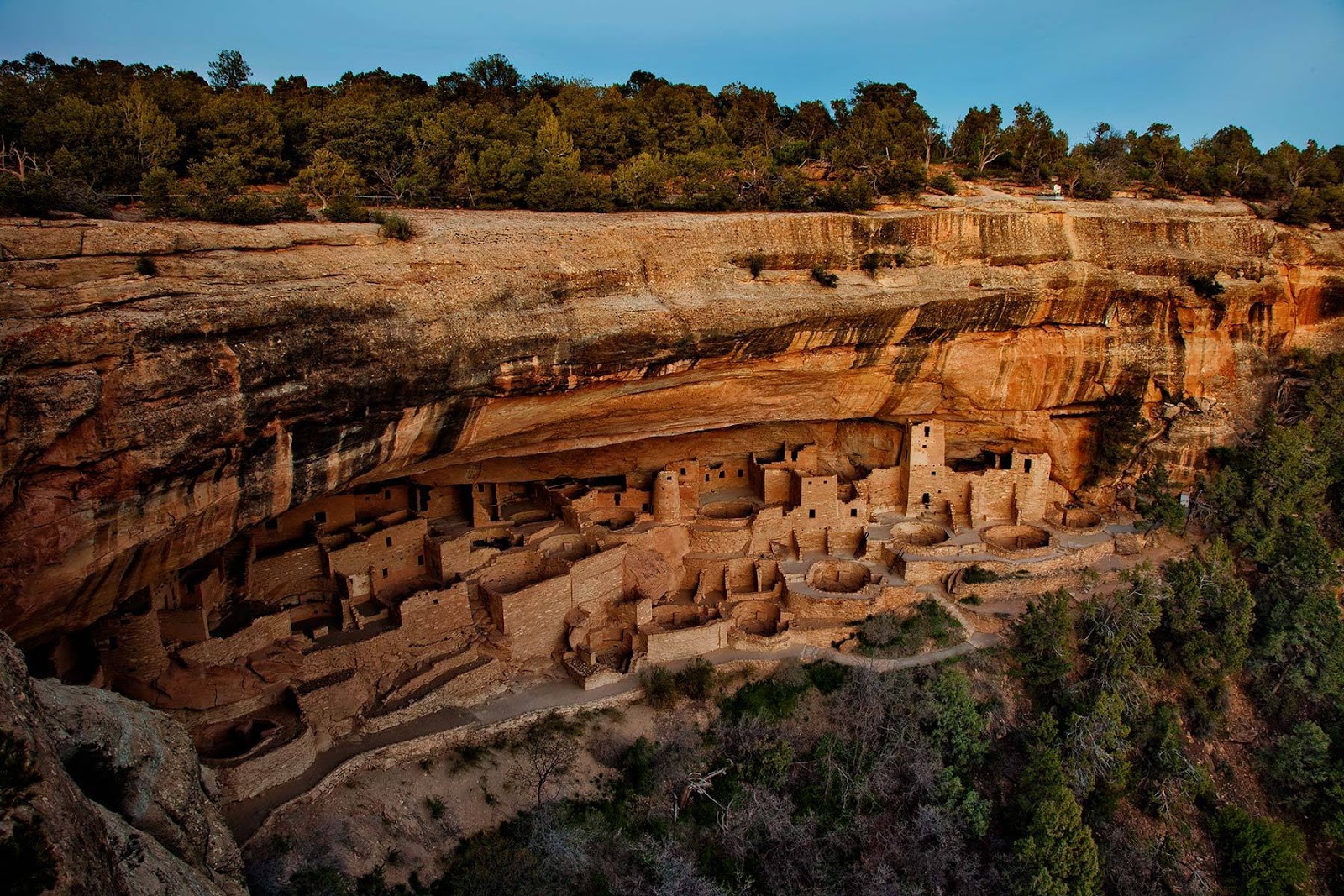Considered a rare and precious pearl, the Dolmen della Chianca di Bisceglie is a priceless historical find.
Belonging to the Bronze Age, this archaic building was discovered by archaeologists Samarelli and Mosso in 1909 in the locality (from which it takes its name) the Chianca.Oriented to the east, like all buildings of this type, the megalithic prehistoric monument consists of a corridor and a cell, with a height of about 1 meter and 80 centimeters and is covered by a slab whose dimensions are 3.85 by 2.40 meters. The corridor – 7.50 m long – is made up of flat slabs, fixed vertically into the ground, of a considerably lower height than those of the cell.The dolmens, thanks also to their millenary history, are of inestimable value as they represent the ancient reusable burials, so much so that it is thought that some tombs may have been used for centuries.Specifically, when the Dolmen of Bisceglie was discovered, the farmers, unaware of the importance of what was found, had already removed everything before the excavations were carried out. Despite this, however, they were found in the cell:
animal bones
bits of small pots
some stone knives dating back over 1200 years.
six skeletons of adults and children arranged in a disorderly manner
two skeletons in a crouching position
In the centre of the dromos (i.e. the open-air corridor), on the other hand, the remains of a circular hearth were found, consisting of about ten centimetres thick and with about fifteen layers, made of fine, well-beaten ash mixed with pieces of coal with burnt animal bones.
Further excavations, moreover, have hypothesized that there were two levels and therefore two moments of different deposition: an older one, relative to the lower levels, which can be attributed to the Protoappeninico and the other, of a not very advanced phase of the Apennines.













